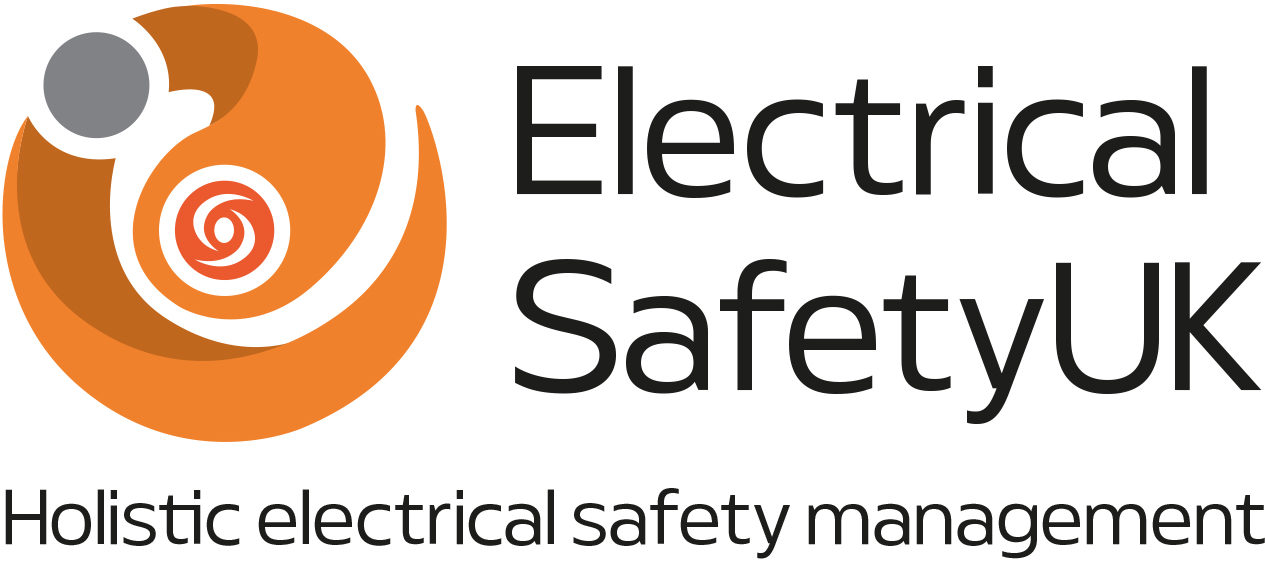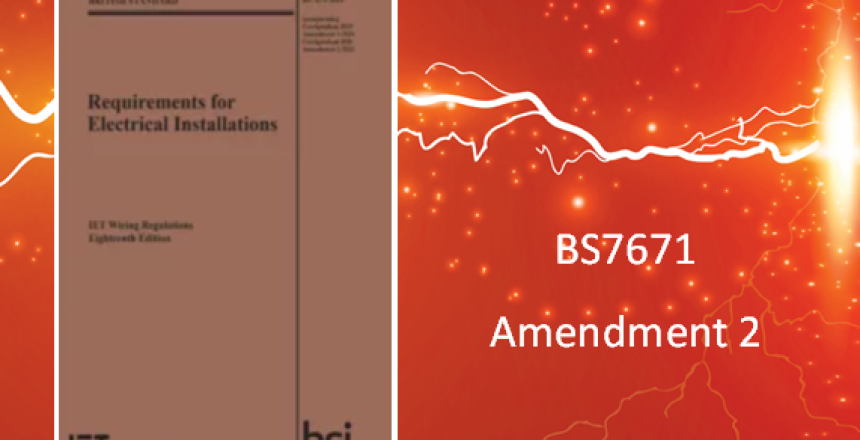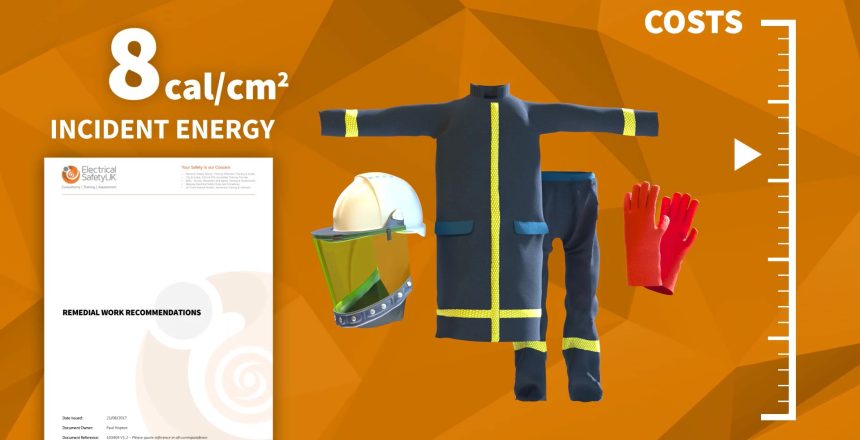You may not require the full package or may want a tailored approach to meet your specific needs- not a problem! Just drop us a line and we will work with you to ensure that you get the best service.
We are able to offer a range of electrical technician and engineering consultancy services and advise on projects and issues that you may have. Our engineering team has extensive experience of incident investigations and working alongside the enforcing authorities. We also have our Electrical Systems Studies division that works closely alongside Electrical Safety Management and don’t forget- we have an extensive training department too!
If short circuit currents exceed the equipment ratings in a power system, the consequences can be devastating.
Short Circuit analysis ensures that all existing and new equipment ratings are adequate to withstand the energy that may be released during a prospective short circuit, thereby, protecting personnel and plant equipment. Industry experts across the globe strongly recommended that short circuit calculations be maintained and periodically updated to protect the equipment and the lives.
There is also a regulatory requirement under “The Electricity at Work Regulations 1989” to ensure that Electrical Systems are appropriately fault rated.
Regulation 4 Systems, work activities and protective equipment:
States in (1) All systems shall at all times be of such construction as to prevent, so far as is reasonably practicable, danger. The likely load and fault conditions should be considered to ensure compliance with this Regulation.
Regulation 5 Strength and capability of electrical equipment:
States no electrical equipment shall be put into use where its strength and capability may be exceeded in such a way as may give rise to danger.
Regulation 11 Means for protecting from excess of current:
States efficient means, suitably located, shall be provided for protecting from excess of current every part of a system as may be necessary to prevent danger.
An up to date short circuit study will certainly help to demonstrate compliance with these Regulations. It is never safe to assume that equipment is appropriately rated.
The Results
A Short Circuit analysis will help you:
- Comply with Legislation
- Increase safety and reliability of the power systems
- Evaluate the effectiveness of deployed protection schemes
- Identify recommended solutions to your existing problems
- Identify problem areas within your power distribution system
Circuit breakers and fuses are commonly used in power systems in order to protect valuable power systems assets such as conductors, transformers, motors, generators, switchgear assemblies etc… against both sustained overloads and short circuit currents. In such events, it is important to isolate the affected section swiftly and reliably while ensuring that the rest of the system remains operational.
In a well-co-ordinated protection scheme, protective devices are selected and adjusted such that the occurrence of false trips and equipment damage are prevented, giving you robust and reliable electrical protection.
In a protection co-ordination study, time current curves (TCCs) of various protective devices are constructed and analysed against each another on Log-Log plots. Overlapping of TCCs from various devices represent poor co-ordination. These issues are then addressed by adjusting the curves until appropriate grading and protection is achieved.
There is also a regulatory requirement under “The Electricity at Work Regulations 1989” to ensure that Electrical Systems are properly protected from excess current.
Regulation 4 Systems, work activities and protective equipment States in (1) All systems shall at all times be of such construction as to prevent, so far as is reasonably practicable, danger.
The safety of a system depends upon the proper selection of all the electrical equipment in the system and the proper consideration of the inter-relationship between the individual items of equipment. For example, electrical protection
against overloads and earth faults etc may need to be provided in one part of a system to protect another, possibly remote, part of the system.
Regulation 11 Means for protecting from excess of current: States efficient means, suitably located, shall be provided for protecting from excess of current every part of a system as may be necessary to prevent danger.
Carrying out a protection study will certainly help to demonstrate compliance with these Regulations.
The Results
You can now ensure that your valuable assets are protected against damage caused by short circuits and overloads while minimizing production loss caused by unnecessary plant down time. In addition, the interrupting ratings of all protective equipment, conductors, and switches are checked for adequacy in coordination studies ensuring compliance with legislation. Inadequate equipment ratings can result in either extensive damage to the equipment during faults and system operation and may introduce hazards to plant operating personnel.
With Protective Device Coordination Analysis, Electrical Safety (UK) will ensure that you achieve the optimum balance between equipment protection and selective isolation that is consistent with the operating requirements of the overall power system.
Dangerous Substances and Explosive Atmospheres Regulations 2002 (DSEAR). These Regulations require the elimination or reduction of risk of fire and explosion from substances connected with work activities. It requires all employers and the self-employed to assess all potential risks to employees and others whose safety may be affected by the use or presence of a dangerous substance at the workplace. It sets out how to eliminate or reduce risk to people’s safety from the presence of dangerous substances by removing or controlling risks, and by providing measures to limit or mitigate the consequences for people, should an incident occur.
The intention of the Regulations is to reduce the risk of a fatality or serious injury resulting from a “dangerous substance” igniting and potentially exploding. Examples of a “dangerous substance”, as defined by DSEAR, include combustible powders (e.g. sawdust and flour) and combustible gases (e.g. methane, ethanol vapours, and hydrogen gas.
Under the Regulations Employers must:
- find out what dangerous substances are in their workplace and what the fire and explosion risks are;
- put control measures in place to either remove those risks or, where this is not possible, control them;
- put controls in place to reduce the effects of any incidents involving dangerous substances;
- prepare plans and procedures to deal with accidents, incidents and emergencies involving dangerous substances;
- make sure employees are properly informed about and trained to control or deal with the risks from the dangerous substances;
- identify and classify areas of the workplace where explosive atmospheres may occur and avoid ignition sources (from unprotected equipment, for example) in those areas.
The Results
We can carry out a gap analysis to determine compliance with the Regulations and then help you to remediate any gaps found.
Our earthing assessment and review process is a comprehensive tool used to identify earthing system deficiencies and provide solutions targeted at improving/restoring system performance. Electrical Safety (UK) has strong expertise in assessing the performance of existing installations using non-invasive techniques in order to eliminate the need for plant outages.
Our assessment process involves a range of investigations including:
- Engineering Inspections
- DC Continuity Testing
- Injection Testing
- Step, Touch and Transfer voltage measurement
- Compliance Assessment
The Results
Compliance with legislation and ensuring that your protection systems will operate correctly if called upon to do so. Without adequate and effective earthing, faults on your distribution network can result in dangerously high touch and step voltages posing a danger to people and animals.
One of the most common side effects of starting large motors is a serious voltage dip on the buses throughout the facility.
These voltage dips can cause other motors to slow down, in severe cases, stall. In addition to these secondary effects the life of all motors on the system may be shortened. Ideally a transient motor starting study should be performed which shows a time/voltage waveform for the motor bus. As a general rule of thumb, motor starting study should be conducted in cases where the motor’s kW rating exceeds 30% of the kVA rating of the upstream supply transformer or 10% of generators.
The results of a motor starting studies can vary from basic voltage drop on the system to a detailed waveform presentation of motor bus voltage, motor speed and motor torque, acceleration torque, load torque, power factor, rotor and stator currents, motor slip, real, reactive and total power.
The Results
Voltage drops when motor starting within acceptable limits. Improved reliability, longer life of motors and hence reduced costs.
Stability analysis is required to ensure that the electrical distribution system remains stable and swiftly recovers from disturbances such as faults, switching transients, load changes, motor starting, loss of generation, loss of excitation and blocked governors.
The analysis includes identifying critical fault clearing time, checking generator rotor angle stability, assessing system stability margin, evaluating motor dynamic acceleration and reacceleration impact, preparing and testing load shedding schedule, computing bus transfer timing, calibrating and evaluating relay setting and simulating generator start-up.
The Results
Improved resilience to disturbances on your network, ensuring reliability and availability are maximised.
Load flow analysis is a simulation of the actual electrical power system.
The simulation provides vital information pertaining to the operating conditions of the system; enabling asset owners to put in place key energy efficiency and optimised infrastructure utilisation initiatives.
Conducting a load flow analysis also helps ensure that the power system is adequately designed to satisfy the plant’s performance criteria. A properly designed system will guarantee optimised both capital and operating expenditure.
The Results
- Optimised power system operation
- Optimised infrastructure utilization
- Assess the need for power factor correction
- Increased energy efficiency through minimization of kW and kVAR losses
- Develop robust equipment specification guidelines
- Identify transformer tap settings
- Decrease unexpected downtime
- Reduce operating and maintenance costs
- Get more capacity out of your existing assets
The increasingly widespread use of Variable Speed Drives (VSD) and other solid-state devices in industrial applications has brought harmonic consideration into the design of electrical systems. It is a common practice for industrial plants with major harmonic sources to add harmonic filters that limit voltage distortion and harmonic current flows into the utility.
On existing systems, however, harmonic measurements are usually made to determine the extent of voltage and current distortion and these measurements are then used as a base for further calculations and modelling. If calculations and simulations establish the need for harmonic filters, designs are modelled and analytically tested and implemented.
Our engineers ensure that harmonic filters are well integrated with power factor correction capacitors and capable of withstanding harmonics absorbed from a utility system and/or neighbouring plant. Our designs ensure that filters continue to function as required under minor and major load fluctuations.
Harmonic analysis will help you uncover:
- Reasons for unpredictable electrical/electronic failures
- Harmonic current paths
- Harmonic current flows into the utility
- Generated harmonic voltages
- Potential for resonances
- Filter performance issues and capacitor bank tuning options
- Comparison of results against the latest normative standards
The Results
Ensure that you do not pay penalties to your Utility supplier for harmonic performance that is outside the requirements of your connection agreement.
Harmonic distortion can have detrimental effects and result in increased cost to your business:
- Higher temperatures in neutral conductors and distribution transformers – loss of efficiency and increased failures
- Additional losses in motors – excessive heating and increased failures
- Increased temperatures and interference can greatly shorten the life of electronic equipment
Reliability assessments and distribution reliability analysis provides customers the means for estimating the performance of their power systems. Using flexible input parameters, results can be quickly obtained for both radial and looped systems. Potent calculation methods and state of the art modelling tools allow our engineers to produce accurate and tangible results.
The report includes:
- Average failure rate
- Average outage duration
- Annual outage duration
- Graphical display of reliability results
- Load point/bus reliability indices
- System reliability indices
We can advise on how best to maintain your electrical distribution systems using Failure Mode & Effects Analysis. We can determine how your equipment can fail, what maintenance activities to carry out and at what periodicities, to prevent those failures modes from being realised. The maintenance regime will be determined and implemented to meet your individual business needs, ensuring the correct balance between cost, reliability, and availability. Preventative and predictive non-invasive condition monitoring techniques can be maximised to ensure that the requirement to shut down, to carry out maintenance, is minimised.
We can advise on spare parts optimisation and help you to set up appropriate partnerships with your critical suppliers to drive down the amount of Capital tied up in your spares holding.
The Results
- Reduced cost
- Increased reliability and availability
- Reduction in tied-up Capital that can be used elsewhere in your business.
Power factor is the ratio of real power to the apparent power consumed by your operations. By maintaining a high power factor, your plant can avoid costly utility bills resulting from an enforced “low” power-factor penalties or high kVA demand.
Electrical Safety (UK)’s power factor study starts with a review of the utility’s tariff structure followed by studying a historical sample (6 to 24 months) of electric bills.
This information is used to evaluate present use patterns and to determine the potential economic benefits of refining the power factor. The of power factor studies include, released power system capacity (kVA), improved bus voltage profiles and increased efficiency due to reduced power system losses.
The Results
- Reduced cost
- Increased efficiency
Over voltages are phenomena which occur in power system networks due to various internal or external events.
The selection of a certain level of over voltages which are based on equipment strength for operation is known as insulation coordination.
An insulation coordination study is carried out in order to investigate over voltages due to lightning strikes that has the potential to adversely affect electrical installations. The primary objective of this study is to ensure that the withstand capability or the Basic Insulation Level (BIL) is rated such that the equipment is safe from any potential damage.
The Results
- Reduced cost
- Increased reliability and availability
Electrical Safety (UK) has experience in conducting risk assessments in accordance with IEC standards to establish the need for existing and new lightning protection on structures and electrical systems. Examples include oil refineries, residential buildings, substations, data centres, water treatment works, manufacturing sites and pharmaceutical works.
With existing installations, the risk assessment often involves a site survey, whereas, with new installations design drawings and specifications are often sufficient for the study.
Standards compliance of existing designs and designs proposed by their consultants on new installations has concerned several clients. In such cases ESUK provides a third part independent review. ESUK’s independence from lightning protection installation and the design consultants has been attractive to the clients in these cases.
The reasons for the concerns about compliance with the lightening protection standards has varied from verifying insurance conditions are met, deciding whether an upgrade to meet the current standard is warranted, to disputes over the design.
The Results
- Reduced cost
- Increased reliability and availability



